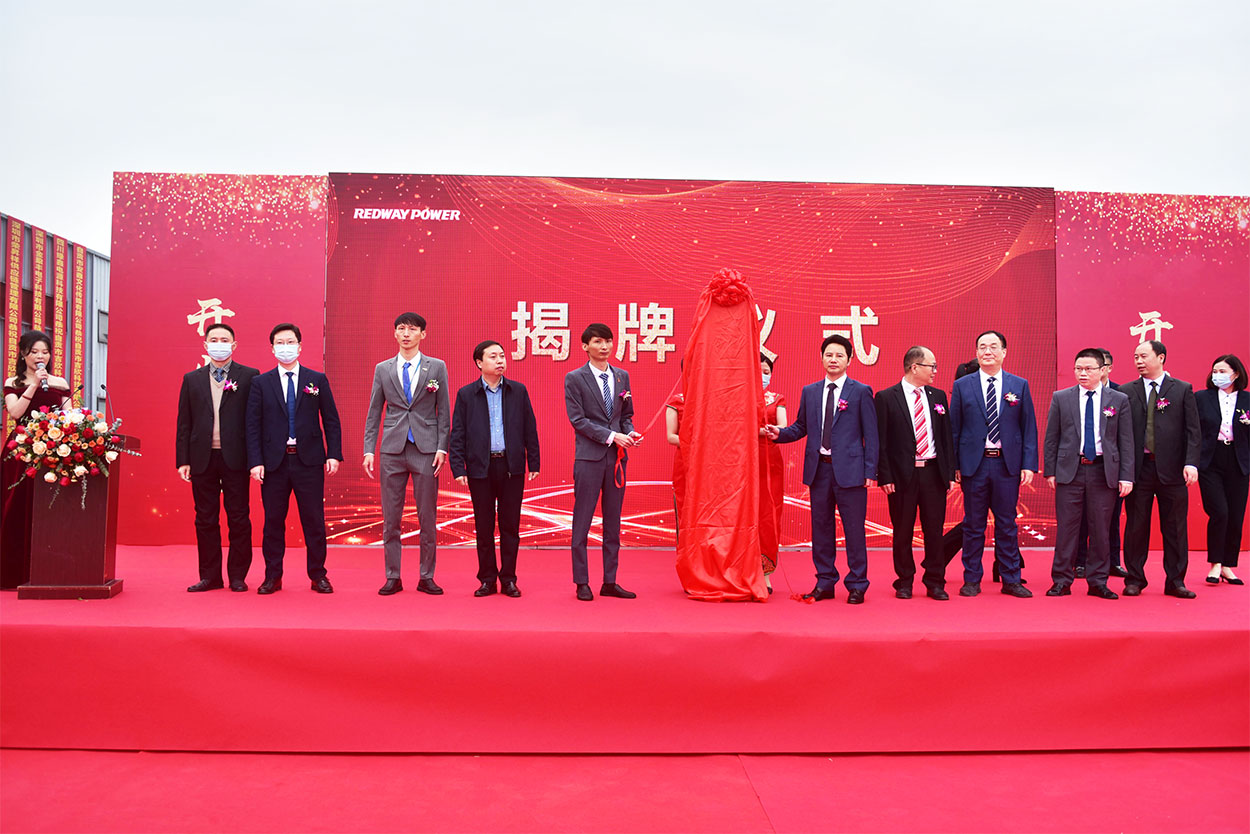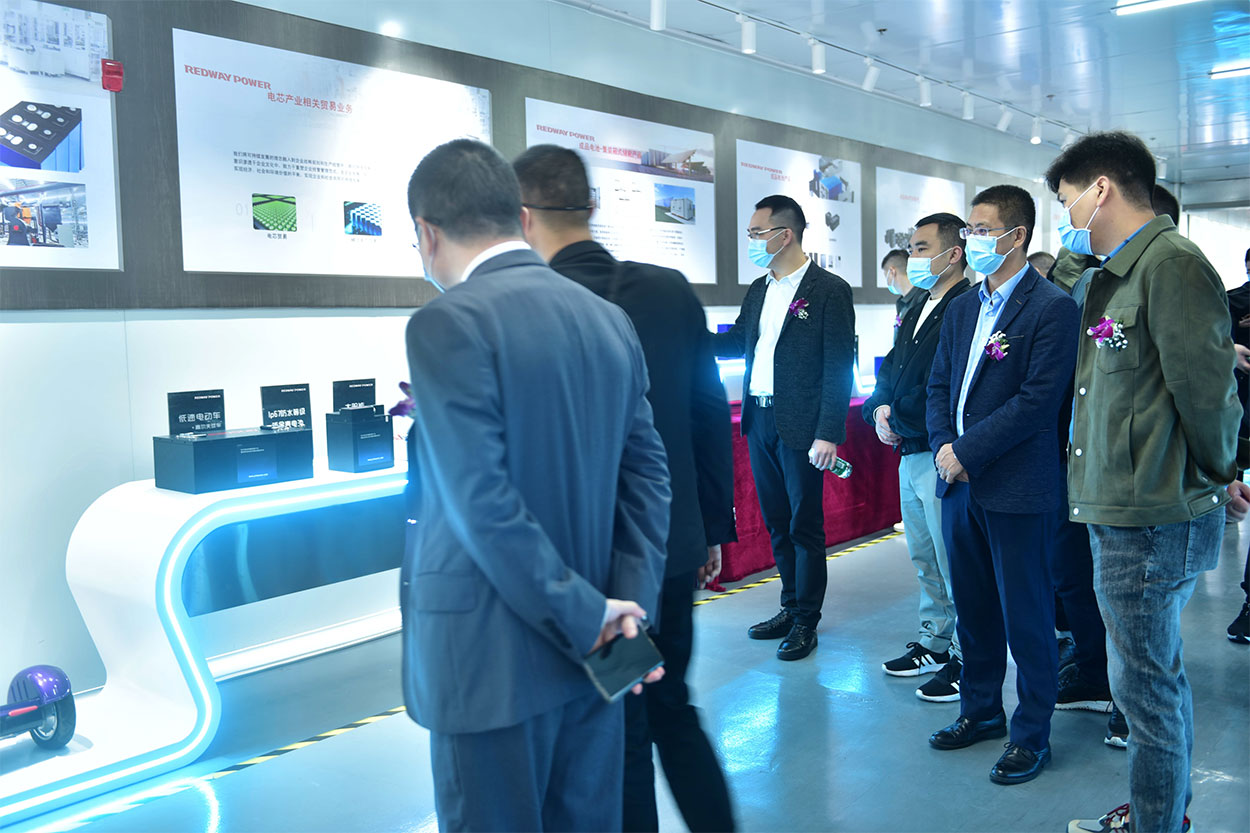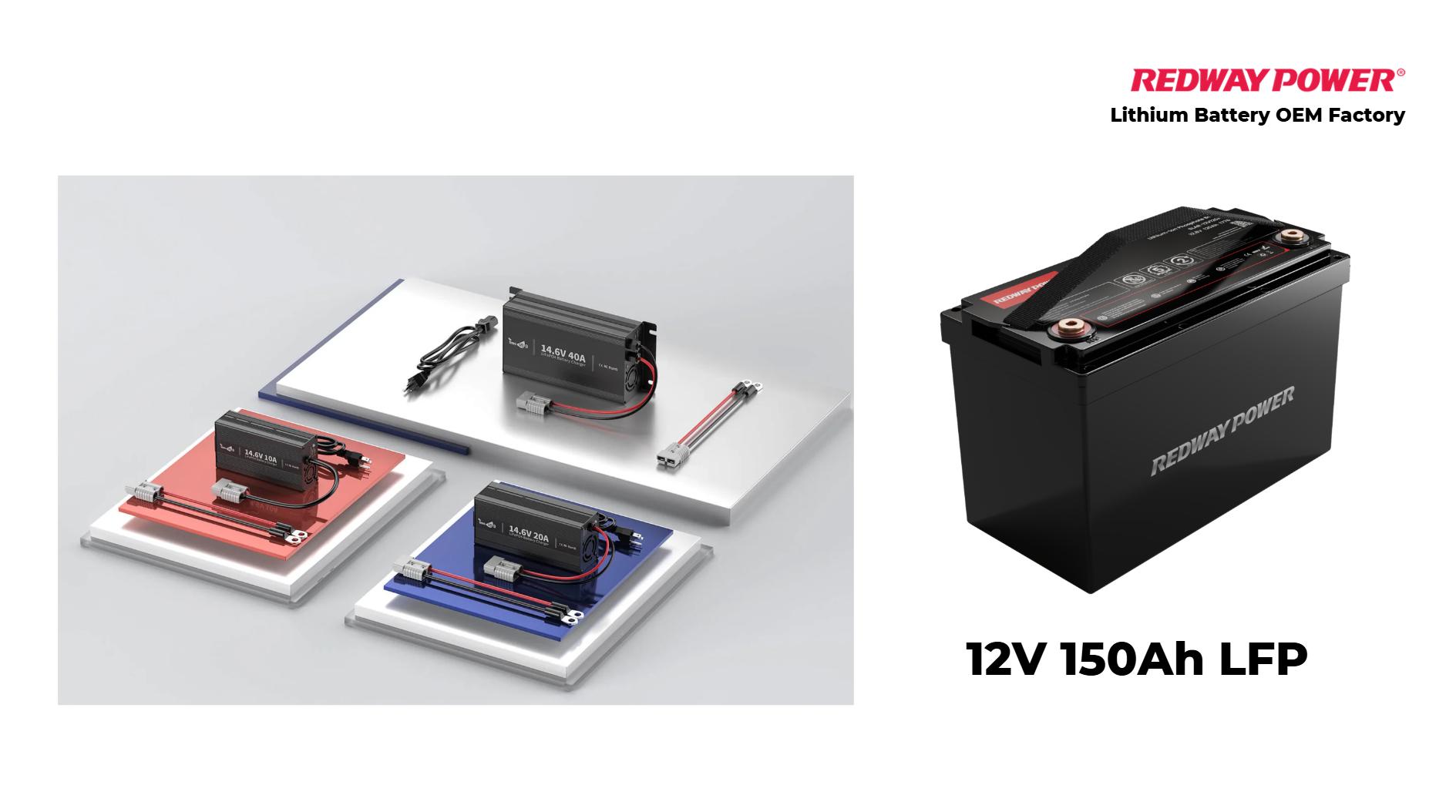What Is the Largest Manufacturer of Lithium Batteries?
The largest manufacturer of lithium batteries is Contemporary Amperex Technology Co., Limited (CATL), a Chinese company that holds a significant market share in the global battery industry. As of 2024, CATL has approximately 38% of the market, leading in production for electric vehicles and energy storage systems.
Who Is the Largest Manufacturer of Lithium Batteries?
Contemporary Amperex Technology Co., Limited (CATL) is recognized as the largest lithium battery manufacturer globally. Founded in 2011 and headquartered in Ningde, Fujian Province, China, CATL specializes in lithium-ion batteries for electric vehicles (EVs), energy storage systems, and various industrial applications. The company’s rapid growth and innovation have positioned it at the forefront of battery technology.
Chart: Market Share of Leading Lithium Battery Manufacturers (2024)
| Manufacturer | Market Share (%) |
|---|---|
| CATL | 38 |
| BYD | 15.8 |
| LG Energy Solution | 13.6 |
| Panasonic | 9 |
| Samsung SDI | 8 |
What Is the Market Share of Major Lithium Battery Manufacturers?
As of early 2024, CATL leads the market with a share of nearly 38%. Following CATL are BYD with approximately 15.8% and LG Energy Solution with about 13.6%. The competition among these manufacturers is intensifying as demand for electric vehicles continues to rise globally, driven by environmental regulations and technological advancements.
How Has the Electric Vehicle Market Influenced Battery Production?
The surge in electric vehicle sales has significantly influenced lithium battery production. Between 2017 and 2022, global sales of battery-electric vehicles increased tenfold, leading to a corresponding rise in demand for lithium-ion batteries. This trend has prompted manufacturers to expand production capacities and invest in new technologies to meet growing consumer demands.
Chart: Growth in Electric Vehicle Sales (2017-2022)
| Year | Global EV Sales (Millions) |
|---|---|
| 2017 | 1 |
| 2018 | 2 |
| 2019 | 3 |
| 2020 | 4 |
| 2021 | 6 |
| 2022 | 10 |
What Are the Key Products Offered by Leading Battery Manufacturers?
Leading manufacturers like CATL, BYD, and LG Energy Solution offer a variety of products tailored to different applications:
- CATL: Focuses on automotive power batteries, energy storage solutions, and innovative technologies like NCMA batteries.
- BYD: Known for its lithium iron phosphate (LiFePO4) batteries used in electric vehicles and energy storage systems.
- LG Energy Solution: Supplies batteries for electric vehicles, consumer electronics, and industrial applications.
These products are designed to enhance performance, safety, and sustainability.
Why Are Companies Like CATL and BYD Dominating the Market?
CATL and BYD dominate the lithium battery market due to their extensive investments in research and development, strategic partnerships with automakers, and robust manufacturing capabilities. Both companies have established themselves as leaders by focusing on innovation, scalability, and sustainability practices that align with global energy trends.
Chart: Comparison of Key Manufacturers’ Strategies
| Manufacturer | Strategy Focus |
|---|---|
| CATL | Innovation & R&D investment |
| BYD | Vertical integration & sustainability |
| LG Energy Solution | Strategic partnerships & diversification |
How Do Emerging Trends Impact the Future of Lithium Battery Manufacturing?
Emerging trends such as advancements in battery chemistry (like solid-state batteries), increased recycling efforts, and enhanced manufacturing processes are shaping the future of lithium battery production. Companies are investing heavily in these areas to improve efficiency, reduce costs, and minimize environmental impacts associated with battery production.
Industrial News
Recent reports indicate that CATL continues to expand its production capabilities globally with new facilities planned in Europe and North America. The company aims to meet increasing demand from electric vehicle manufacturers while enhancing its technological edge through continuous innovation. Additionally, BYD’s recent advancements in battery technology highlight its commitment to sustainability and efficiency within its manufacturing processes.
Lithium Battery Expert Views
“CATL’s leadership in lithium battery manufacturing is a testament to its strategic focus on innovation and capacity expansion,” says Dr. Emily Chen, an expert in energy storage technologies. “As demand for electric vehicles grows, manufacturers must adapt quickly to maintain competitive advantages while ensuring sustainable practices.”
FAQ Section
Q1: Who is the largest manufacturer of lithium batteries?
A1: The largest manufacturer is Contemporary Amperex Technology Co., Limited (CATL), holding approximately 38% market share.Q2: What other companies are major players in lithium battery manufacturing?
A2: Other significant manufacturers include BYD, LG Energy Solution, Panasonic, and Samsung SDI.Q3: How has electric vehicle demand affected battery production?
A3: The rising demand for electric vehicles has led to increased production capacities among battery manufacturers to meet consumer needs.Q4: What types of products do leading manufacturers produce?
A4: They produce automotive power batteries, energy storage systems, consumer electronics batteries, and specialized industrial batteries.Q5: What trends are shaping the future of lithium battery manufacturing?
A5: Emerging trends include advancements in battery chemistry, increased recycling efforts, and improvements in manufacturing processes aimed at sustainability.






